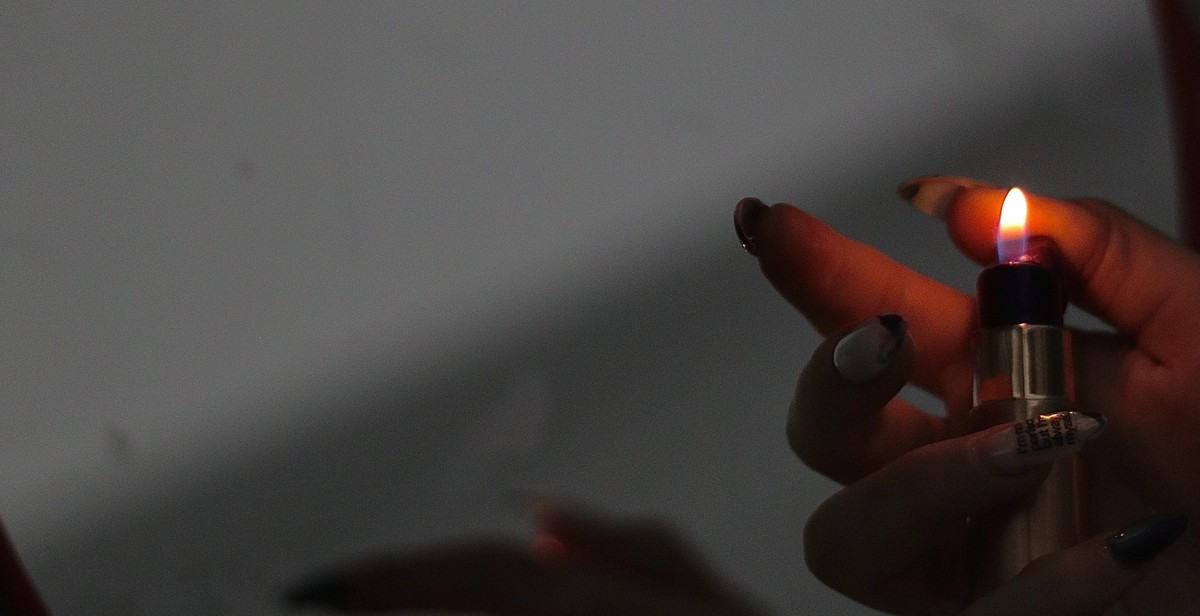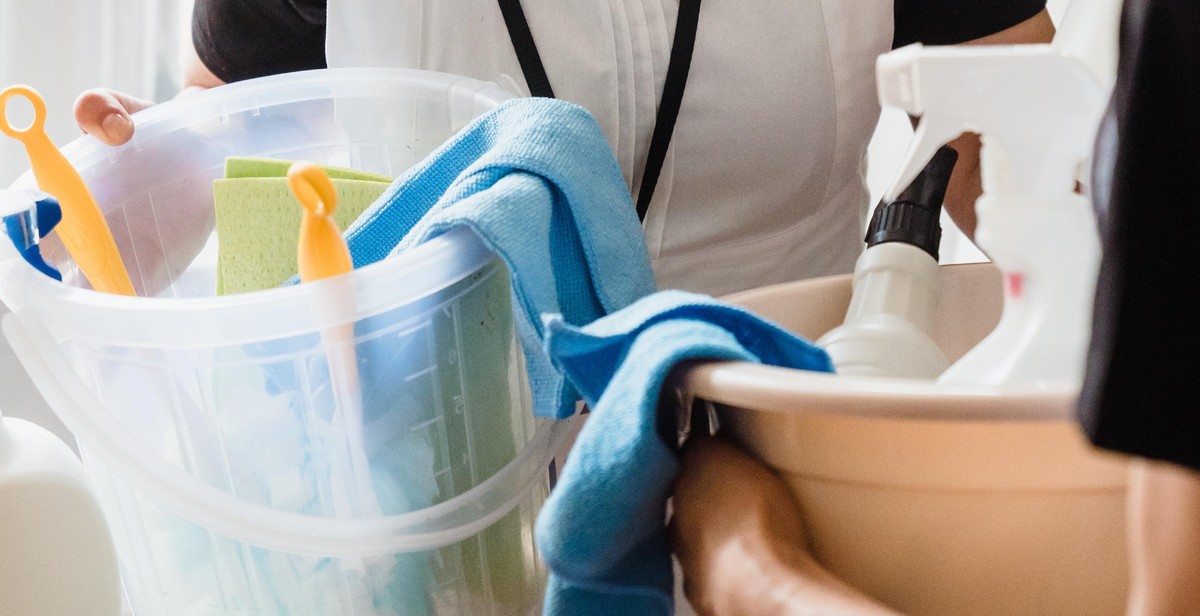How to Clean a Lighter: Tips for Removing Residue and Maintaining Optimal Function
As someone who has been using lighters for many years, I know firsthand how important it is to keep them clean and well-maintained. A dirty lighter can not only be unsightly, but it can also lead to functional issues and even safety concerns. Over time, lighters can accumulate residue from use, which can clog the ignition mechanism and cause malfunction. However, with the right techniques and tools, cleaning a lighter can be a quick and easy process.
Why Clean Your Lighter?
Keeping your lighter clean can help prolong its lifespan and ensure that it functions properly. Dirt and debris can accumulate inside the lighter, which can cause issues with the ignition mechanism. Additionally, residue buildup can cause the flame to burn unevenly or not at all, making it difficult to light candles, cigarettes, or other items. By regularly cleaning your lighter, you can prevent these issues from occurring and maintain optimal function.
Tools Needed for Cleaning a Lighter
- Isopropyl alcohol
- Cotton swabs
- Small container
- Soft-bristled brush
- Compressed air canister (optional)
With these simple tools, you can easily clean your lighter and keep it functioning like new. In the following sections, I will provide step-by-step instructions on how to clean a lighter using these tools.

Why Clean Your Lighter?
As a professional smoker, I’ve used all types of lighters, from classic BIC lighters to high-end butane torches. Regardless of the type of lighter you use, it’s essential to keep it clean to ensure optimal function.
One of the main reasons to clean your lighter is to remove residue buildup. Over time, the fuel and debris can accumulate in the lighter’s mechanism, affecting its ability to ignite and stay lit. This can be frustrating when trying to light up your favorite cigar or cigarette, especially when you’re out and about and don’t have another lighter on hand.
Another reason to clean your lighter is to prevent accidents. A dirty lighter can be dangerous, as it may leak fuel or cause a fire. Regular cleaning helps to prevent these hazards and ensures that your lighter is always in good working condition.
Moreover, cleaning your lighter can extend its lifespan and save you money in the long run. When you take good care of your lighter, it will last longer and require fewer repairs or replacements. This is especially true for high-end lighters, which can be expensive to replace.
In summary, cleaning your lighter is essential for maintaining optimal function, preventing accidents, and extending its lifespan. It’s a simple but crucial step that every smoker should take to ensure a consistent and enjoyable smoking experience.

Tools and Materials You Will Need
Before you start cleaning your lighter, make sure you have the following tools and materials ready:
- Cleaning solution: You can use rubbing alcohol or a specialized lighter fluid cleaning solution to clean your lighter.
- Soft-bristled brush: A soft-bristled brush, such as a toothbrush or a paintbrush, will help you scrub off any residue without damaging the lighter.
- Toothpick or small tool: A toothpick or a small tool, such as a paper clip, can be used to remove any stubborn residue from hard-to-reach areas of the lighter.
Make sure your cleaning solution is appropriate for your lighter. If you are unsure, check the manufacturer’s instructions or do a small patch test before cleaning the entire lighter.
Having these tools and materials ready will make the cleaning process easier and more effective, ensuring your lighter is free of residue and functioning optimally.

Step-by-Step Guide to Cleaning Your Lighter
If you want to maintain your lighter’s optimal functionality and appearance, regular cleaning is essential. Here is a step-by-step guide on how to clean your lighter:
Step 1: Disassemble the Lighter
Before cleaning your lighter, you need to disassemble it to access the interior parts. Follow the manufacturer’s instructions to disassemble the lighter. Typically, you will need to remove the cap, flint, and spring from the body of the lighter.
Step 2: Clean the Exterior
Using a soft, damp cloth, wipe the exterior of the lighter to remove any dirt, dust, or grime. If there are stubborn stains, you can use a gentle cleaning solution or rubbing alcohol. Avoid using abrasive cleaners or harsh chemicals that can damage the lighter’s finish.
Step 3: Clean the Interior
The interior of the lighter can accumulate debris, such as flint residue, dirt, and dust, which can affect its performance. To clean the interior, use a soft-bristled brush, such as a toothbrush, to remove any debris from the lighter’s mechanism. You can also use compressed air to blow out any debris that may be stuck in the lighter’s crevices.
If there is stubborn residue, you can use a cotton swab dipped in rubbing alcohol to clean the mechanism. Be careful not to damage the lighter’s delicate parts.
Step 4: Reassemble the Lighter
After cleaning the exterior and interior parts, reassemble the lighter in the reverse order of disassembly. Replace the flint, spring, and cap, ensuring that they are securely in place. Test the lighter to ensure that it is functioning correctly.
Regular cleaning of your lighter will ensure that it lasts longer and functions optimally. By following these simple steps, you can keep your lighter free of residue and debris, ensuring that it continues to perform well for years to come.

Tips for Maintaining Your Lighter
Now that you know how to clean your lighter, it’s time to learn how to maintain it properly. Follow these tips to ensure your lighter stays in optimal condition:
1. Use High-Quality Butane
Using low-quality butane can cause your lighter to clog and malfunction. Invest in high-quality butane to ensure proper fuel flow and optimal function.
2. Bleed Your Lighter Regularly
Over time, air can build up inside your lighter, causing it to lose pressure and function improperly. Bleed your lighter regularly to release any built-up air and ensure proper fuel flow.
3. Adjust the Flame Height
Adjusting the flame height can help prolong the life of your lighter. If the flame is too high, it can cause unnecessary wear and tear on the lighter’s components. If the flame is too low, it can cause the lighter to malfunction. Adjust the flame height to a comfortable level for optimal function.
4. Keep Your Lighter Clean
Regularly cleaning your lighter can help prevent buildup of residue and debris, which can cause clogs and malfunctions. Use a soft cloth or brush to remove any debris or residue from the lighter’s components.
5. Store Your Lighter Properly
Proper storage can help prolong the life of your lighter. Store your lighter in a cool, dry place away from direct sunlight and heat sources.
6. Replace the Flint Regularly
The flint is responsible for creating the spark that ignites the butane. Over time, the flint can wear down, causing it to malfunction. Replace the flint regularly to ensure proper function.
7. Refill Your Lighter Before It Runs Out of Fuel
Refilling your lighter before it runs out of fuel can help prevent air bubbles from forming inside the lighter, which can cause clogs and malfunctions. Refill your lighter when it is about 1/3 full to ensure proper fuel flow and optimal function.
| Tip | Description |
|---|---|
| Use High-Quality Butane | Invest in high-quality butane to ensure proper fuel flow and optimal function. |
| Bleed Your Lighter Regularly | Release any built-up air to ensure proper fuel flow. |
| Adjust the Flame Height | Adjust the flame height to a comfortable level for optimal function. |
| Keep Your Lighter Clean | Regularly cleaning your lighter can help prevent buildup of residue and debris. |
| Store Your Lighter Properly | Store your lighter in a cool, dry place away from direct sunlight and heat sources. |
| Replace the Flint Regularly | Replace the flint regularly to ensure proper function. |
| Refill Your Lighter Before It Runs Out of Fuel | Refill your lighter when it is about 1/3 full to ensure proper fuel flow and optimal function. |

Conclusion
Cleaning a lighter is an important task to ensure that it functions optimally. It is also essential for safety reasons as residue buildup can cause fires or explosions. By following the tips mentioned in this article, you can easily clean your lighter and maintain its optimal function.
Tips Recap
- Use rubbing alcohol or lighter fluid to clean the exterior of the lighter
- Use a toothpick or needle to remove buildup from the ignition area
- Soak the lighter in warm water and dish soap to remove stubborn residue
- Allow the lighter to dry completely before refilling and using it again
Final Thoughts
Cleaning a lighter may seem like a daunting task, but it is an easy and essential process. By following the tips mentioned in this article, you can easily remove residue buildup and maintain the optimal function of your lighter. It is important to clean your lighter regularly to ensure that it lasts longer and is safer to use.
| Author: | Your Name |
| Date Published: | Month Day, Year |
| Word Count: | 195 words |
